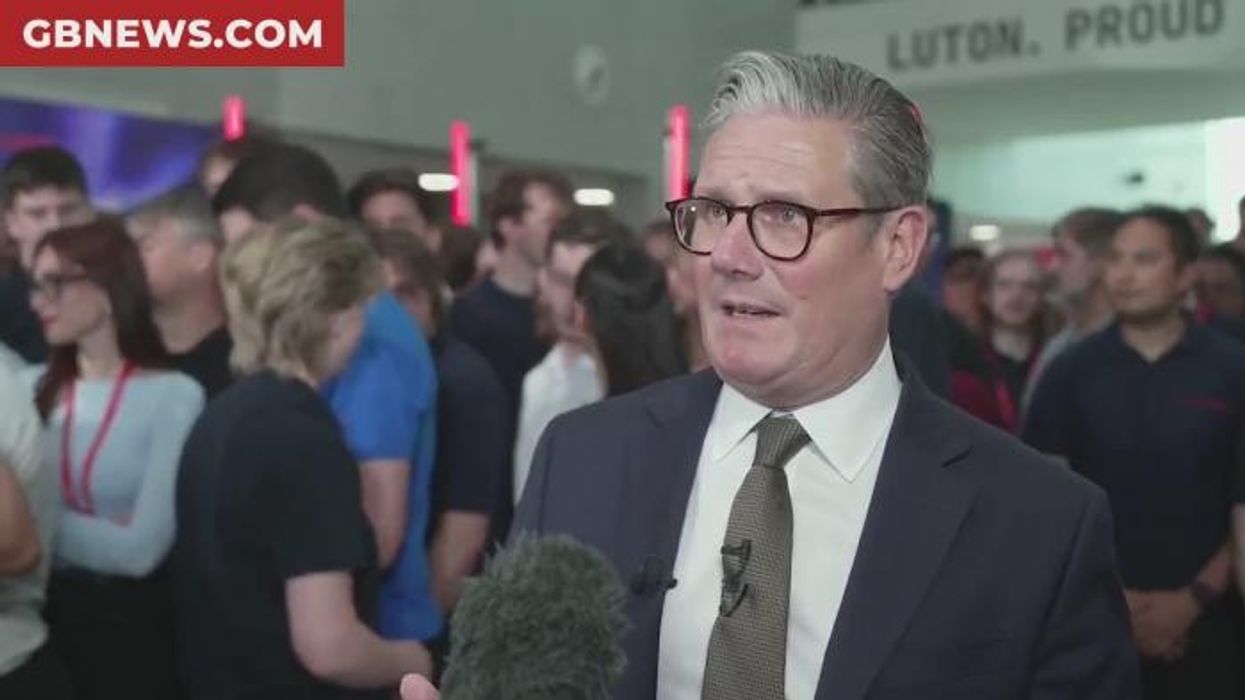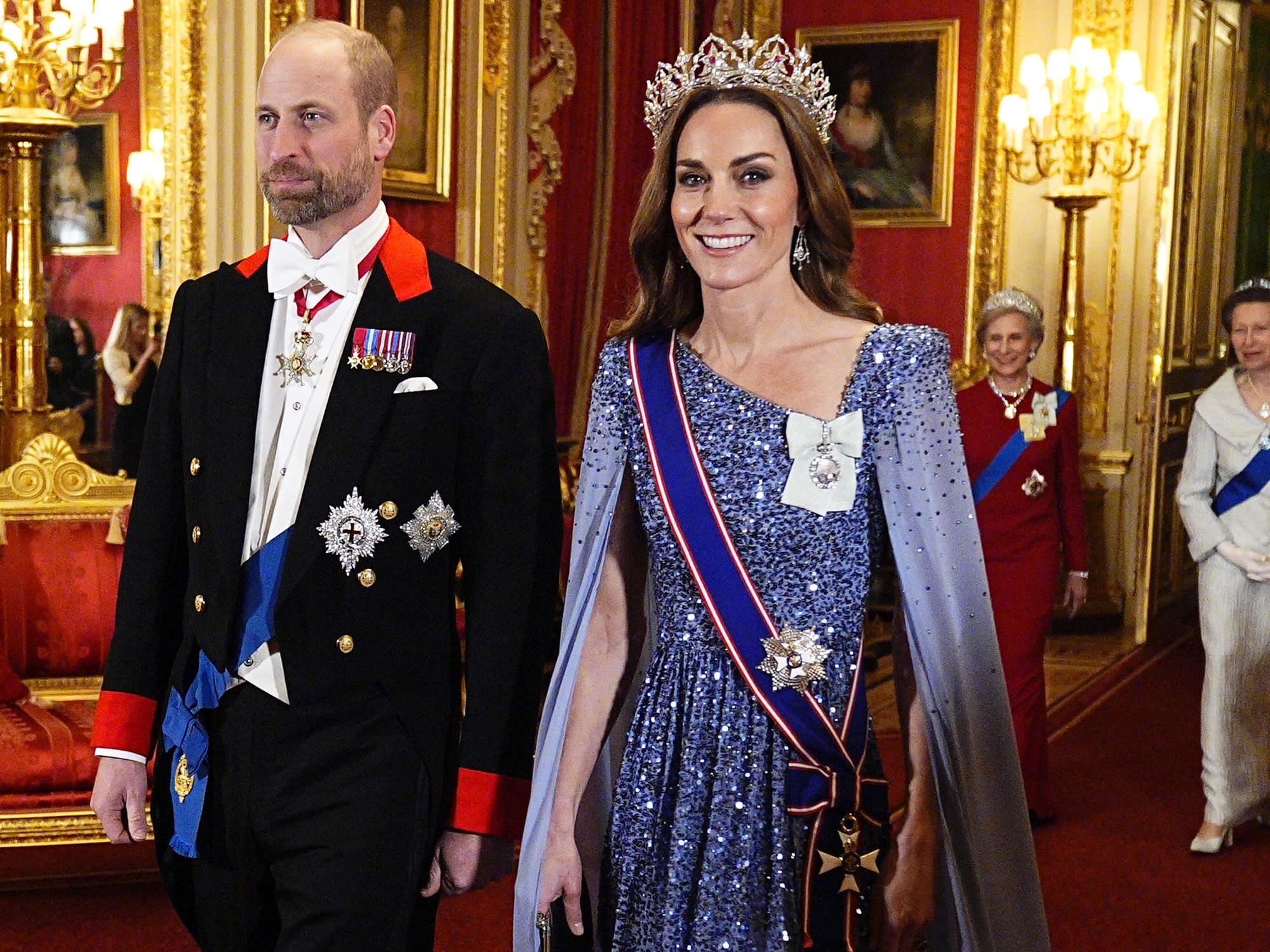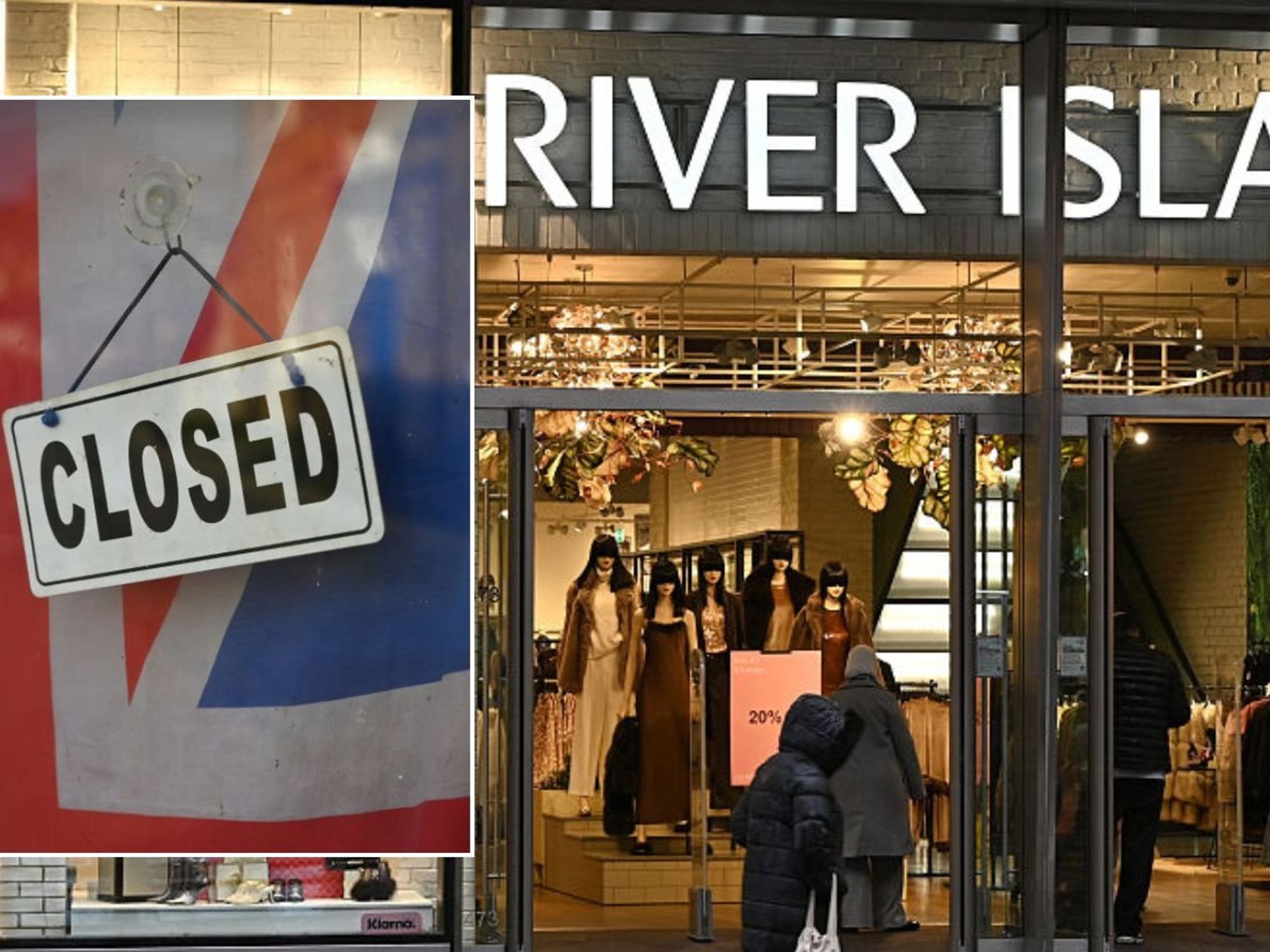UK unemployment hits four-year high as wage growth falls

UK average regular earnings growth decreased to five per cent in the three months to May
Don't Miss
Most Read
The unemployment rate has crept up again, rising to 4.7 per cent in the three months to May, according to new data from the Office for National Statistics (ONS).
That’s up from 4.6 per cent in the three months to April, and marks the highest jobless rate since late 2021.
The number of people in work is also slipping, with redundancies and restructuring contributing to a fall in payrolled employees in June.
At the same time, wage growth is cooling, with average earnings including bonuses up just five per cent on the year - a decline from recent highs.
For workers, that means a double squeeze: while real wages are still rising slightly (up 1.8 per cent after adjusting for inflation), the pace is slowing.
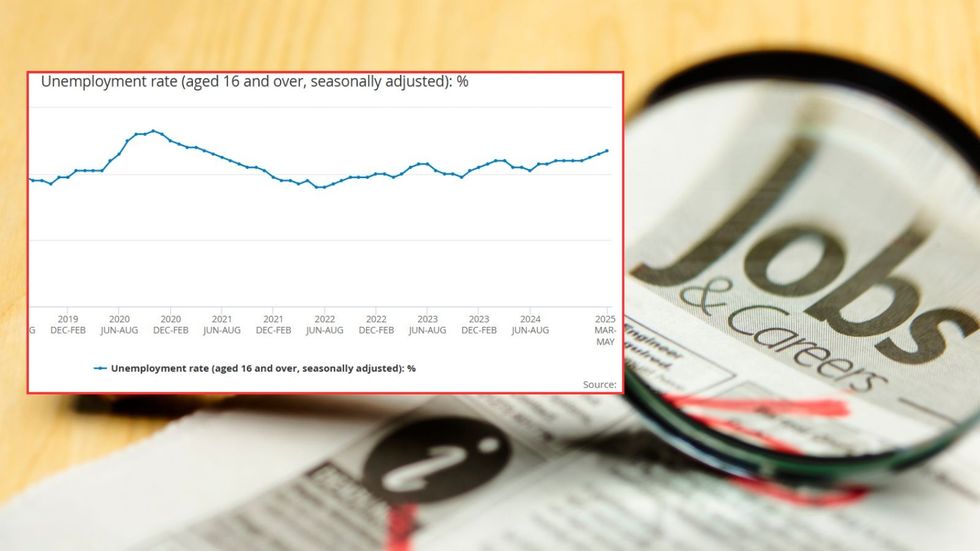
Unemployment figures
|ONS/Getty
Alice Haine, Personal Finance Analyst at Bestinvest by Evelyn Partners, the wealth manager said: "UK pay growth eased back in the three months to May as recruitment activity weakened in the face of Chancellor Rachel Reeves’ National Insurance rate hike for employers and the minimum wage increase, which both went live in April.
"The jobs market is showing signs of strain as the changes, first announced by the Chancellor at her maiden Budget last October, saw employers reevaluate hiring and wage plans.
"April’s spike in utility bills heaped further cost pressures on businesses while lingering global economic uncertainties, caused by volatile trade conditions and geopolitical tensions, continue to cast a shadow over employment prospects."
The figures point towards further pressure in the UK labour market, days after the governor of the Bank of England warned that the Bank is prepared to make larger interest rate cuts if it sees that the job market slowing.
ONS director of economic statistics Liz McKeown said: "The labour market continues to weaken, with the number of employees on payroll falling again, though revised tax data shows the decline in recent months is less pronounced than previously estimated.
“Pay growth fell again in both cash and real terms, but both measures remain relatively strong by historic standards."

Unemployment in the UK sits at 4.7 per cent
| GETTYBen Harrison, Director of the Work Foundation at Lancaster University, a leading think tank for improving working lives in the UK said: "Today’s figures suggest the UK’s labour market is in a challenging transition. Data shows more employers are holding back from hiring, the pace of pay growth is easing but the number of people beginning to look for work is on the rise.
"Although these figures may reflect a reduction in business confidence to recruit as employment costs rise, it also appears more people are moving out of economic inactivity to begin looking for work. Economic inactivity has fallen to 21 per cent, the lowest percentage since the onset of the pandemic in early 2020, and down 375,000 people on the year.
"As more people are now looking for a job, there is a significant risk they will struggle to access secure and well-paid work. Data shows nominal wage growth slowing to five per cent, and despite the longest period of sustained wage increases in over 20 years, workers continue to feel the impact of nearly two decades of stagnating pay packets.
"Wages are just £26 a week higher in real terms than they were at the start of the global financial crisis in August 2008. Years of stagnating wages and the cost of living crisis mean that six in ten workers (60 per cent) say they have very little or nothing left over from their pay at the end of the month.
“Today’s data underscores the importance of Government committing the investment and funding required to support more people into secure and well paid work.
"It’s vital that alongside an extra £1 billion for additional employment support programmes, the Government sticks to its guns on the Employment Rights Bill and puts the creation of high quality jobs at the heart of its Industrial Strategy."
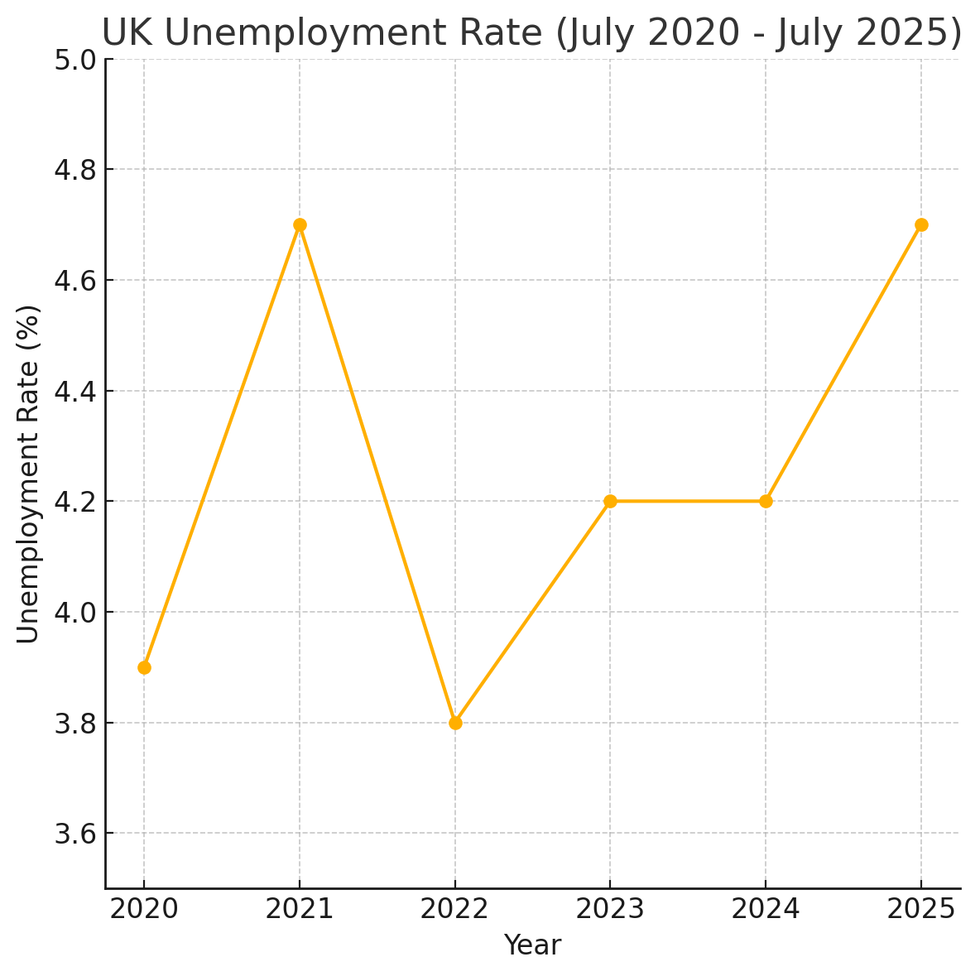
July unemployment figures from 2020
|ONS/GBNEWS
The data is also likely to cement the case for the Bank of England to cut interest rates next month in a bid to boost the economy.
The number of people on payrolls fell another 41,000 during May to the lowest level since September 2023.
Government minister Jess Phillips said it would take a “long time” to turn around the economy.
The Home Office minister told Sky News: “Fourteen years of totally stagnant growth is not something that changes overnight and that is why we have to have a steely focus on getting investment into Britain.”
She said the unemployment figures were “worrying” but the Government was “fiercely seeking to create economic growth”.
“Some of this stuff is going to take huge amounts of time when we’ve had decades of stagnant growth, but as a constituency MP, as a citizen of the UK, these things are always worrying,” she said.
But, she added: “There have been hundreds of thousands of new jobs created and wages have increased in the last 10 months quicker than they increased in the last 10 years.”
More From GB News


